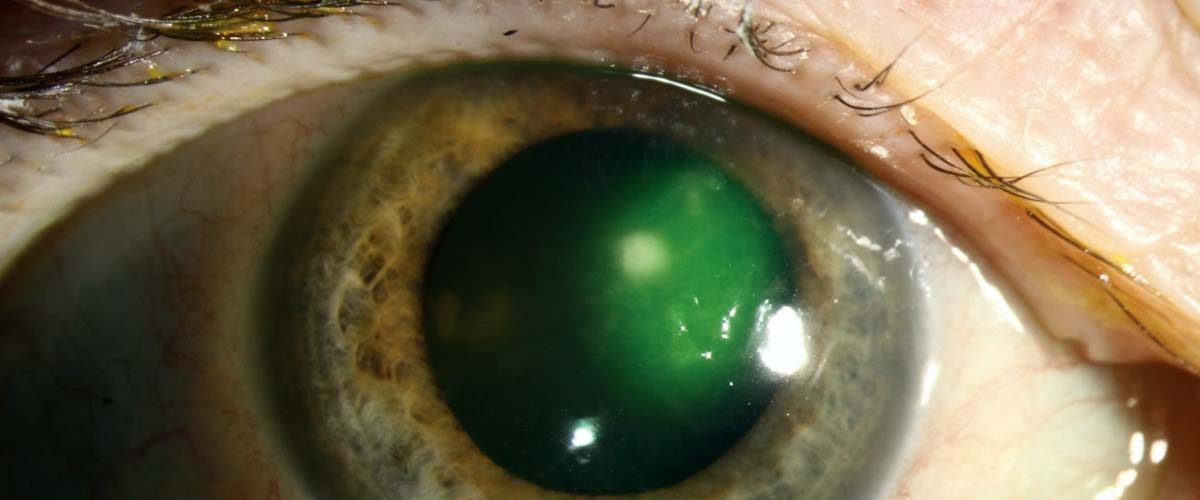Fungal keratitis (FK) is considered as the primary cause of ocular morbidity which can be caused by many species of fungi capable of colonizing human tissue. Ocular morbidity was specified as the spectrum of eye diseases which includes both visually impairing and non-visual impairing ocular conditions. Any kind of inappropriate treatment can resulted in to be the leading cause of blindness. In the last few years, the genus Colletotrichum has been identified as an infrequent cause of FK. Only a few species are known to be pathogenic for human ophthalmic infections among Colletotrichum genus which includes C. dematium, C. coccodes, C. gloeosporioides, C. graminicola, C. crassipes, C. capsicii.
According to the currently available literature, C. gloeosporioides is deemed as the second most common cause of FK after Colletotrichum dematium. Colletotrichum gloeosporioidesis a rare coelomycete fungal pathogen which has been increasingly reported to cause keratitis or subcutaneous lesions in humans worldwide. Arisa Mitani et al. (2009) reported that traumatic insemination is significant for the initiation of Colletotrichum infection. Fernandez et al. notified that FK due to Colletotrichum was in 10 of 360 cases that is 2.8%. Kaliamurthy et al. (2004) notified that Colletotrichum was the cause of FK in 7 of 378 cases (1.9%) and in 7 of 65 cases (10.8%), respectively. The contamination by organic materials and ocular trauma contemplated as two important determinants which are responsible for causing Colletotrichum keratitis.

An early identification and proper diagnosis of pathogenic fungus can play a key role in order to avoid ophthalmic complications. Antibiotic susceptibility can be helpful for the management of an infection caused by Colletotrichum. There is a close resemblance of the curved conidia of Fusarium and Colletotrichum species which may eventuate in mislead inexperienced laboratory personnel. Therefore,molecular techniques based on the nucleic acid sequence of ITS region are considered as promising and reliable in accurate diagnosis of the pathogenic agent in the diagnostic laboratory.
Izadi et al. (2020) designed a case report study documenting the clinical and mycological characteristics of FK caused by C. gloeosporioides from Iran which is published in The Journal of Infection in Developing Countries (JIDC). A 69-year-old man presented to Farabi eye hospital in Tehran whose right eye was injured by herbal material. He was examined by slit-lamp biomicroscopy and mycology investigation of corneal scrapings was done.
This study exhibited that the grown filamentous fungal was identified as Colletotrichum gloeosporioides purely on the basis of morphological characteristics and DNA sequence of the internal transcribed spacer region. The isolated strain was sensitive to many antifungal drugs such as amphotericin B, caspofungin, anidolafungin, micafungin, voriconazole. Patient was successfully treated with triazole antifungal medication known as voriconazole in order to eradicate the fungal infection.
In summation, this report highlights that the early and accurate identification and therapy can helpful to management keratitis caused by C. gloeosporioides. It is suggested that molecular investigations and antifungal susceptibility testing will be required to further understand the epidemiology and optimal management of FK caused by rare fungal pathogens in humans.
Keywords:
Colletotrichum gloeosporioides; Fungal Keratitis (FK); Case study; Mycological characteristics; Molecular identification.
















Add comment